Home>Interior Design>How To Fix A Drafty Door – 6 Ways To Stop Cold Air For Good


Interior Design
How To Fix A Drafty Door – 6 Ways To Stop Cold Air For Good
Modified: January 5, 2024
Learn the best interior design tips to fix a drafty door. Discover 6 effective ways to permanently keep out cold air and improve energy efficiency.
(Many of the links in this article redirect to a specific reviewed product. Your purchase of these products through affiliate links helps to generate commission for Storables.com, at no extra cost. Learn more)
Introduction
Having a drafty door can be a frustrating experience, especially during cold winter months when it allows cold air to seep into your home. Not only does this make your living space uncomfortable and chilly, but it also causes your heating bills to skyrocket as your heating system works overtime to compensate for the loss of heat.
Fortunately, there are several effective ways to fix a drafty door and stop cold air from infiltrating your home. In this article, we will explore six proven methods that you can implement to seal and insulate your door, ensuring that your home remains warm and cozy all year round.
Key Takeaways:
- Seal drafts with weatherstripping, door sweeps, and door snakes for a cozy, energy-efficient home. Regular maintenance ensures long-lasting effectiveness.
- Enhance insulation with caulking, window film, and insulated curtains to reduce drafts and lower heating bills. Enjoy a comfortable, draft-free living space year-round.
Read more: How To Fix E2 Error In A Washing Machine
Weatherstripping
Weatherstripping is a simple yet highly effective method for sealing gaps and preventing drafts around your door. Weatherstripping materials, such as adhesive strips or door sweeps, are specifically designed to create a tight seal between the door and the frame.
To install weatherstripping, start by thoroughly cleaning the door and frame to ensure proper adhesion. Measure the width and height of the door to determine the length of weatherstripping needed. Cut the weatherstripping to the appropriate size and attach it to the doorstop and the top and sides of the door frame, using adhesive or screws if necessary.
There are various types of weatherstripping materials available, including adhesive-backed foam tape, V-strip, door sweeps, and magnetic weatherstripping. Choose the one that best suits your door and provides a secure seal to prevent drafts from entering.
Regularly inspect the weatherstripping for signs of wear and tear, and replace it as needed. Damaged or worn weatherstripping can result in gaps, compromising the effectiveness of your insulation.
Overall, weatherstripping is an affordable and easy-to-install solution that can significantly reduce drafts and improve energy efficiency in your home.
Door Sweeps
Door sweeps are a type of weatherstripping that is specifically designed to seal the bottom of your door, where drafts often occur. They create a barrier against air infiltration and prevent cold air from seeping in and warm air from escaping.
Installing a door sweep is a relatively straightforward process. You can choose from different types of door sweeps, including adhesive-backed sweeps, slide-on sweeps, and automatic door sweeps. Select the one that suits your door type and provides a tight seal.
To install a door sweep, start by measuring the width of your door. Trim the door sweep to the appropriate size if needed. Clean the bottom of the door to ensure good adhesion or proper sliding. Attach the door sweep according to the manufacturer’s instructions, making sure it is aligned properly and creates a complete seal when the door is closed.
Regularly check the door sweep for any signs of wear or damage. If necessary, replace it to maintain its effectiveness in preventing drafts.
Door sweeps are an effective way to seal the gap at the bottom of your door, minimizing drafts and improving energy efficiency in your home. They are cost-effective and can be installed without the need for professional help.
Door Snake
A door snake, also known as a draft stopper or a door draft excluder, is a long fabric tube filled with insulating material, such as foam or rice. It is placed at the bottom of a door to block drafts and prevent cold air from entering your home.
Using a door snake is a simple and affordable solution for sealing gaps under your door. To install a door snake, start by measuring the width of your door. Cut the fabric tube to the appropriate length, leaving a bit of excess on each side. Fill the tube with insulating material and sew or fasten the ends to close it.
Place the door snake against the bottom of the door, ensuring that it covers the entire width. When the door is closed, the door snake will create a seal, preventing drafts from coming in.
Door snakes are versatile and can be made from various materials, including fabric, socks, or even old towels. They are easy to make yourself or can be purchased from home improvement stores or online retailers.
In addition to stopping drafts, door snakes also help to reduce noise and keep out dust and insects. They can be used on both interior and exterior doors and are a simple and effective way to improve insulation in your home.
Apply weatherstripping to the door frame to create a tight seal and prevent cold air from entering. This simple and cost-effective solution can make a big difference in reducing drafts.
Caulking
Caulking is a tried-and-true method for sealing gaps and cracks around your door frame, preventing drafts and improving energy efficiency. It involves using a waterproof sealant to fill in any openings and create an airtight barrier.
To caulk your door frame, start by inspecting it for visible gaps or cracks. Use a scraper or putty knife to remove any old, deteriorating caulk. Clean the area thoroughly to ensure proper adhesion.
Next, select a high-quality caulk that is suitable for weatherproofing and flexible enough to withstand movement. Silicone or latex-based caulks are commonly recommended for this purpose. Cut the tip of the caulk tube at a 45-degree angle and load it into a caulking gun.
Apply a smooth and continuous bead of caulk along the gaps and cracks in the door frame. Use steady pressure on the caulking gun and maintain a consistent flow. Make sure the caulk fills the entire space and forms a complete seal.
After applying the caulk, use a damp cloth or your fingertip to smooth it out and create a neat finish. Allow the caulk to dry according to the manufacturer’s instructions before closing the door.
Regularly inspect the caulked areas for any signs of wear or damage. As with any sealing technique, it may eventually need to be replaced or touched up to maintain its effectiveness.
Caulking is not only effective in preventing drafts but also helps to reduce moisture and air infiltration, improving the overall energy efficiency of your home.
Window Film
Window film is a thin, adhesive material that can be applied directly to the glass of your windows and doors to increase insulation and reduce drafts. It acts as a barrier against cold air and helps to regulate the temperature inside your home.
To install window film, start by measuring the size of your windows or doors that you want to cover. Cut the window film to the appropriate dimensions, allowing a small overlap on all sides. Clean the glass surface thoroughly to ensure proper adhesion.
Next, wet the glass with a solution of water and a few drops of dishwashing liquid. This will help to create a smooth surface for the film to stick to. Peel off the backing of the window film and apply it to the wet glass, starting from the top and working your way down.
Smooth out the film using a squeegee or a credit card, pushing out any air bubbles or wrinkles. Trim the excess film using a utility knife or sharp scissors. Allow the film to dry and adhere properly before opening and closing the windows or doors.
Window film is available in various types, such as heat control film, low-e film, and insulating film. Choose the one that suits your specific needs and climate conditions.
Not only does window film help to reduce drafts, but it also offers other benefits such as UV protection, glare reduction, and privacy. It is a cost-effective and relatively easy solution to improve the insulation of your windows and doors.
Insulated Curtains
Insulated curtains, also known as thermal curtains or blackout curtains, are a fantastic way to improve insulation and reduce drafts around your windows and doors. These curtains are specially designed with multiple layers of fabric or thermal lining that provide an extra barrier against cold air infiltration.
To effectively utilize insulated curtains, start by measuring the width and height of your windows or doors and choose curtains that are slightly wider and longer than the measurements to ensure proper coverage.
When installing the curtains, make sure they hang as close to the window or door as possible. This helps to create a sealed space between the curtain and the glass, preventing drafts from seeping into your home.
Insulated curtains work by trapping air between the window and the curtain, which acts as a buffer against outdoor temperatures. Some curtains also come with additional features, such as thermal backing or foam insulation, to enhance their insulating properties.
During cold weather seasons, keep the insulated curtains closed at night to provide an added layer of insulation and prevent heat loss. During the day, open the curtains to allow sunlight to enter and naturally warm up your space.
Aside from reducing drafts, insulated curtains offer other benefits such as blocking sunlight, reducing outside noise, and providing privacy. They come in a variety of styles, colors, and patterns, allowing you to enhance the aesthetic appeal of your home while improving energy efficiency.
Regularly clean and maintain your insulated curtains to ensure their longevity and effectiveness in maintaining a comfortable and draft-free environment.
Conclusion
Dealing with a drafty door is not only uncomfortable but can also lead to increased energy bills. Thankfully, there are several effective ways to fix a drafty door and stop cold air from infiltrating your home. By implementing these six methods – weatherstripping, door sweeps, door snakes, caulking, window film, and insulated curtains – you can significantly reduce drafts and improve the overall energy efficiency of your space.
Each method has its own advantages, and you can choose the ones that best suit your specific needs and preferences. Weatherstripping and door sweeps create a tight seal around the door, while door snakes provide an additional barrier against drafts at the bottom. Caulking helps to seal gaps and cracks around the door frame, and window film offers increased insulation for your windows. Lastly, insulated curtains provide an extra layer of protection against drafts and add style to your space.
Remember to regularly inspect and maintain these solutions to ensure their effectiveness in keeping your home warm and cozy. By implementing these measures, you can enjoy a more comfortable living environment, reduce energy consumption, and ultimately save money on heating bills.
So, take the necessary steps to fix your drafty door and create a comfortable, energy-efficient space that you can enjoy year-round. Say goodbye to cold drafts and hello to a cozy home!
Frequently Asked Questions about How To Fix A Drafty Door – 6 Ways To Stop Cold Air For Good
Was this page helpful?
At Storables.com, we guarantee accurate and reliable information. Our content, validated by Expert Board Contributors, is crafted following stringent Editorial Policies. We're committed to providing you with well-researched, expert-backed insights for all your informational needs.
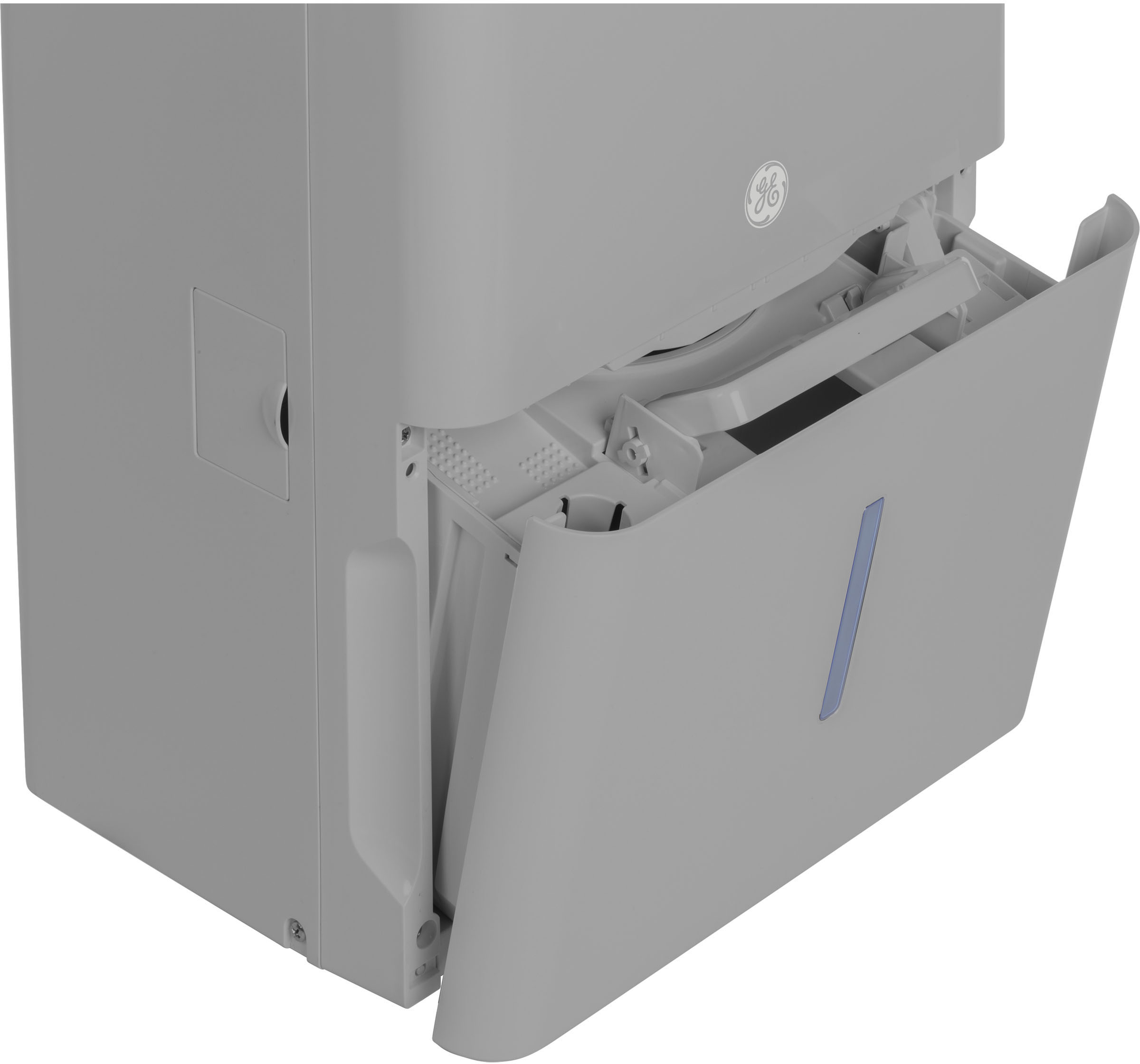




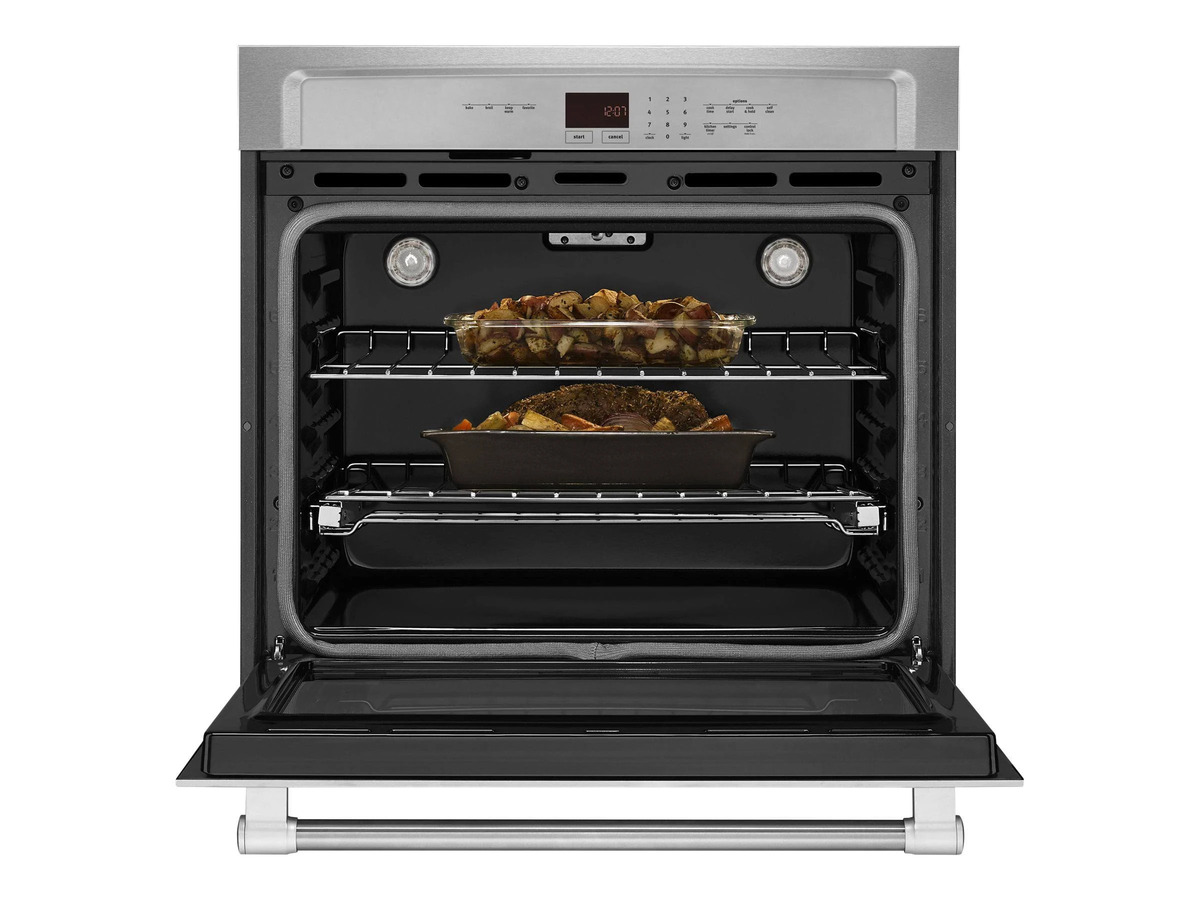

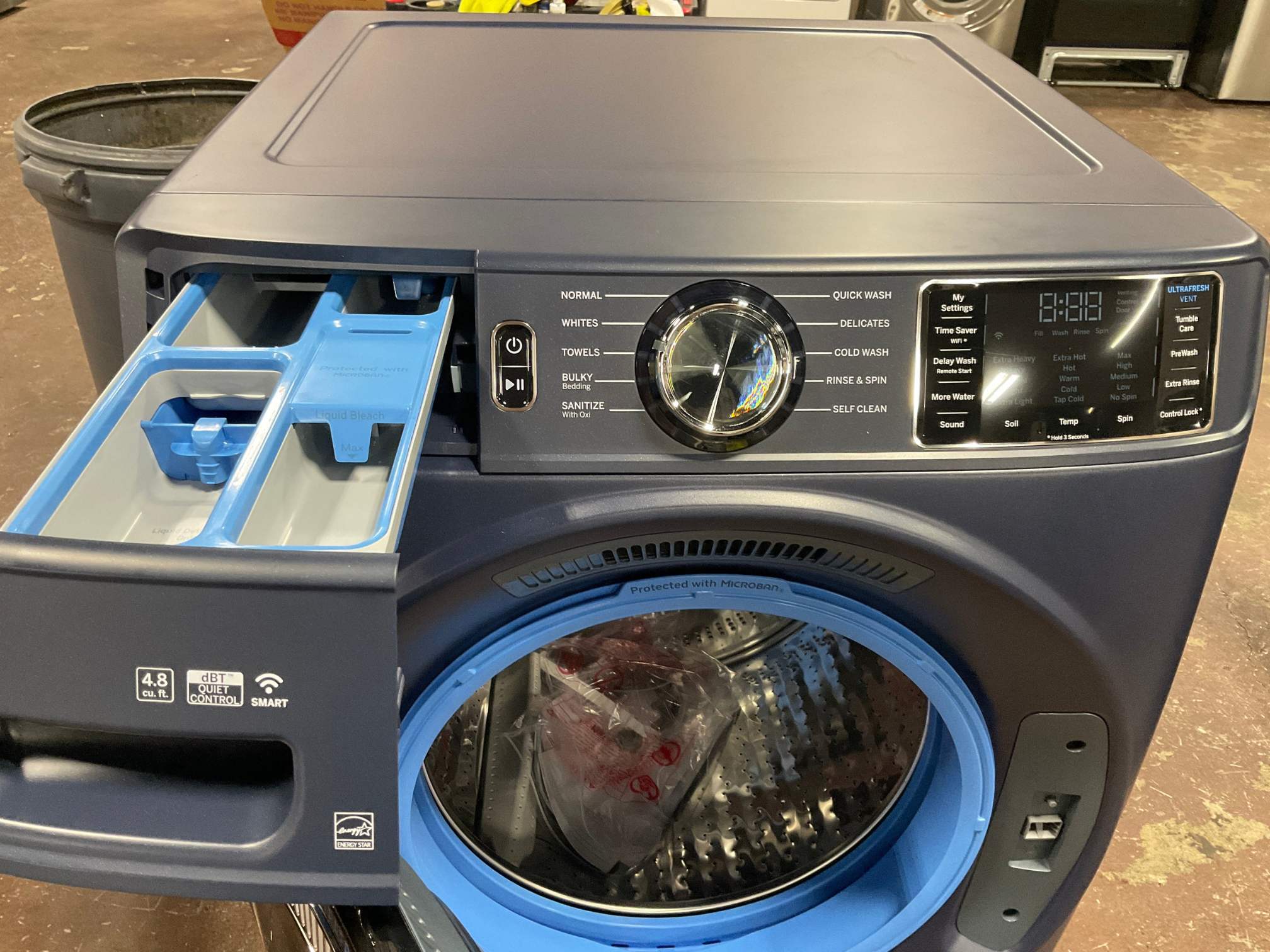



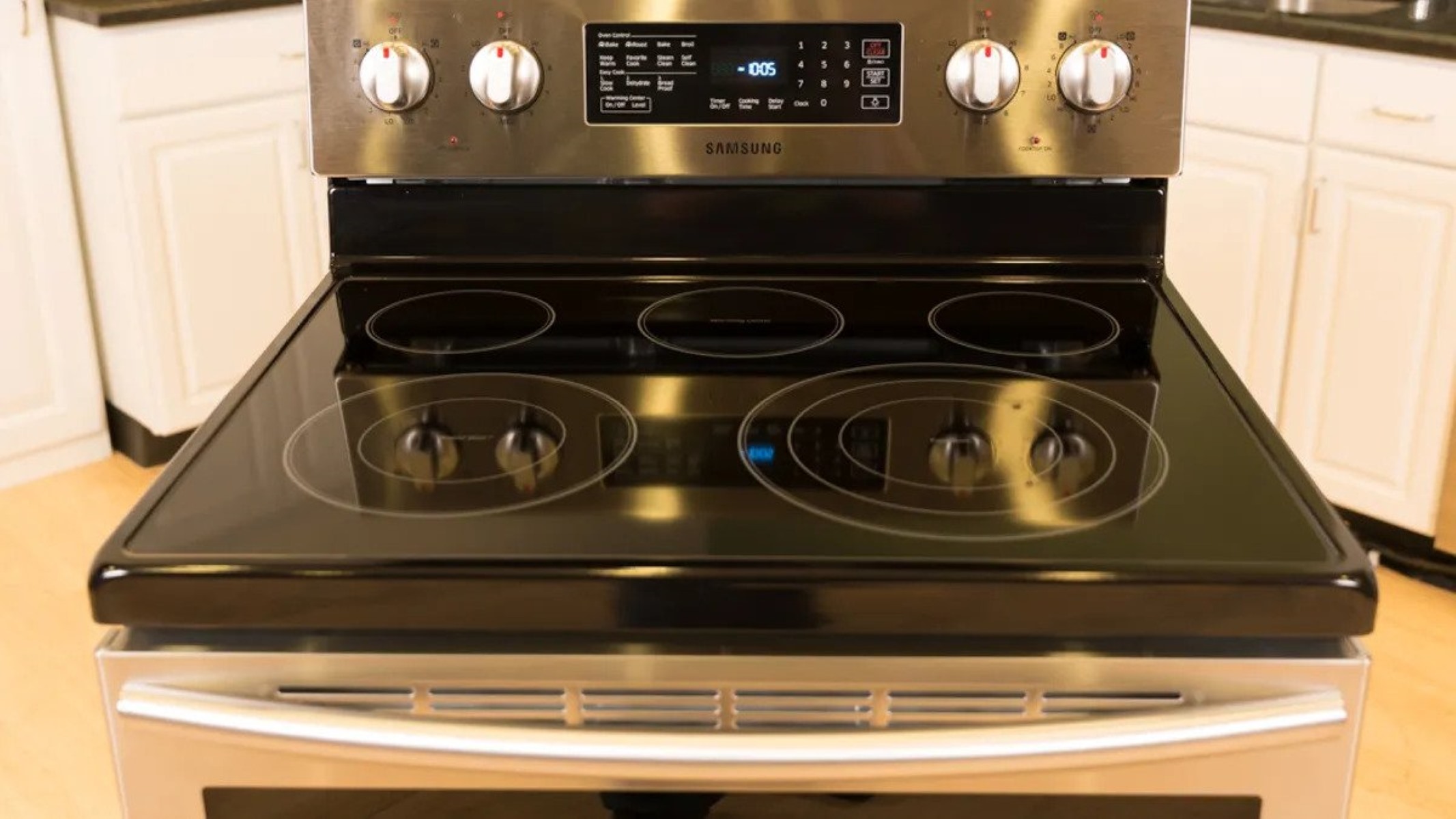
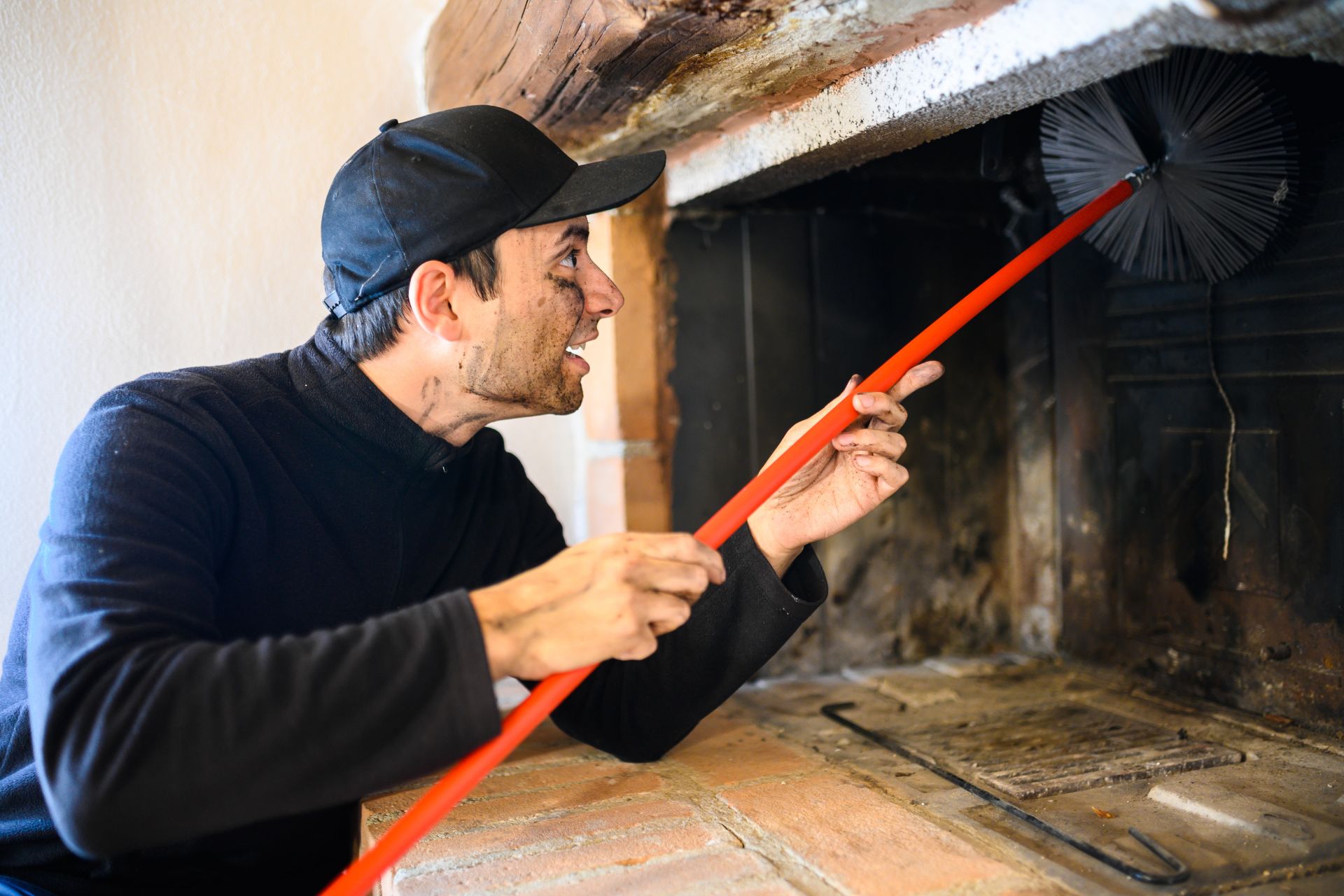


0 thoughts on “How To Fix A Drafty Door – 6 Ways To Stop Cold Air For Good”